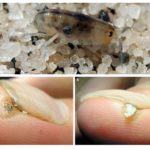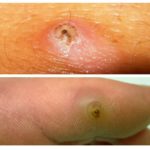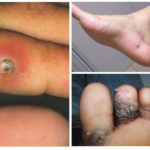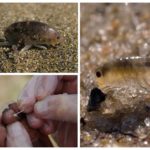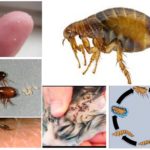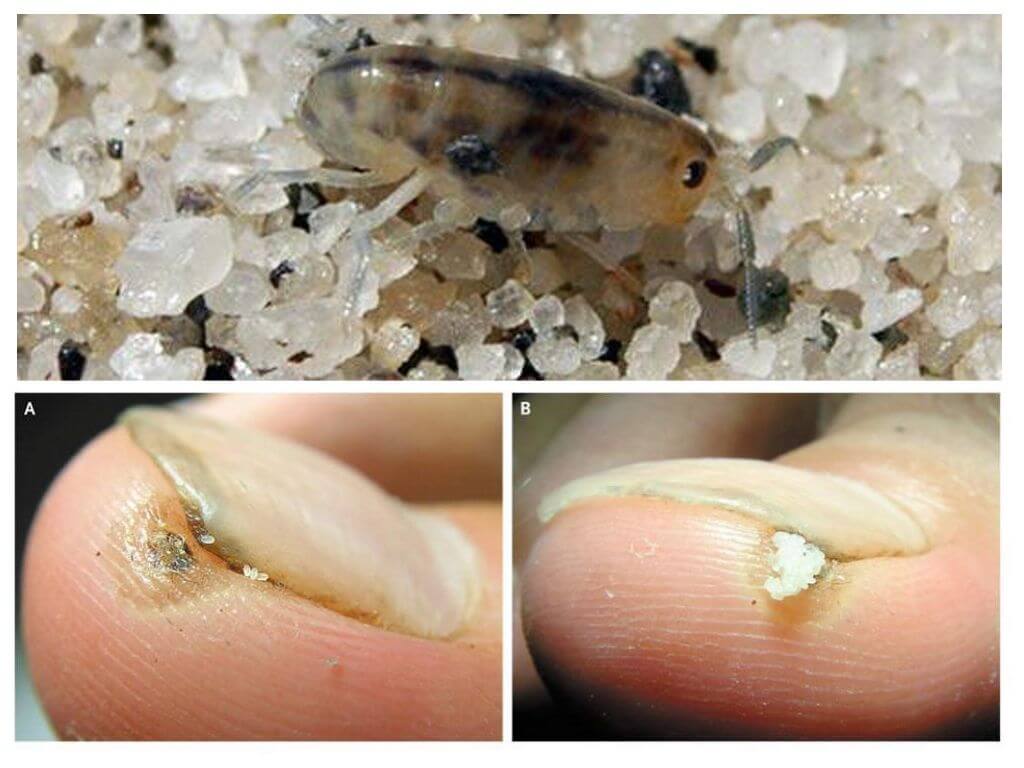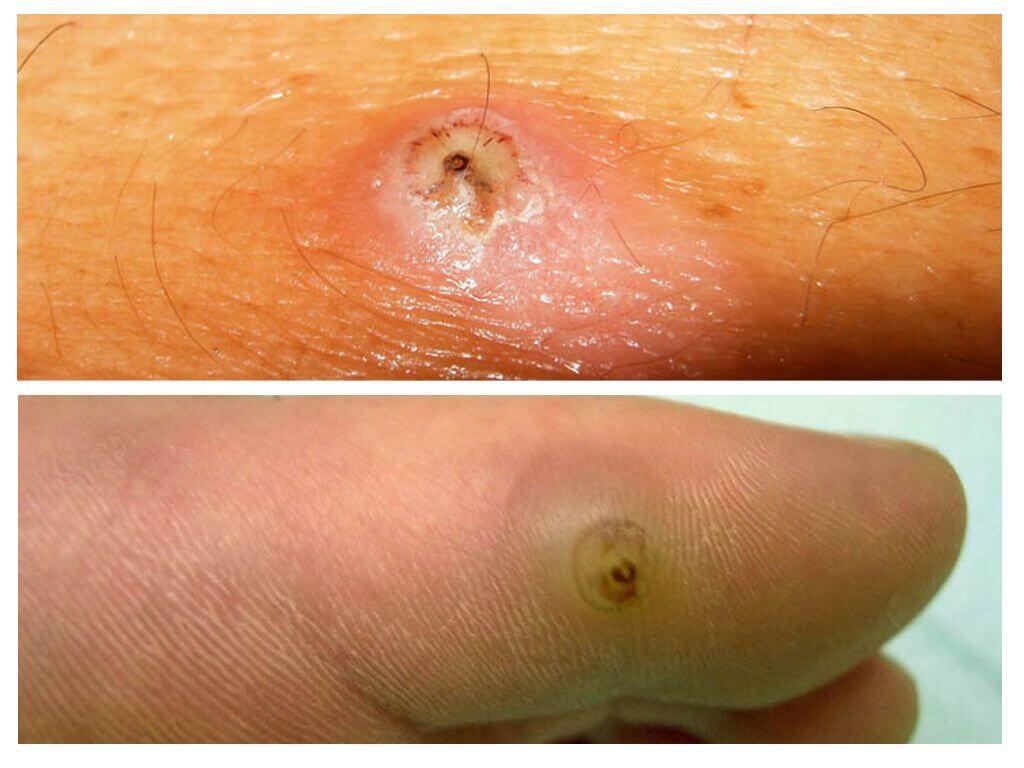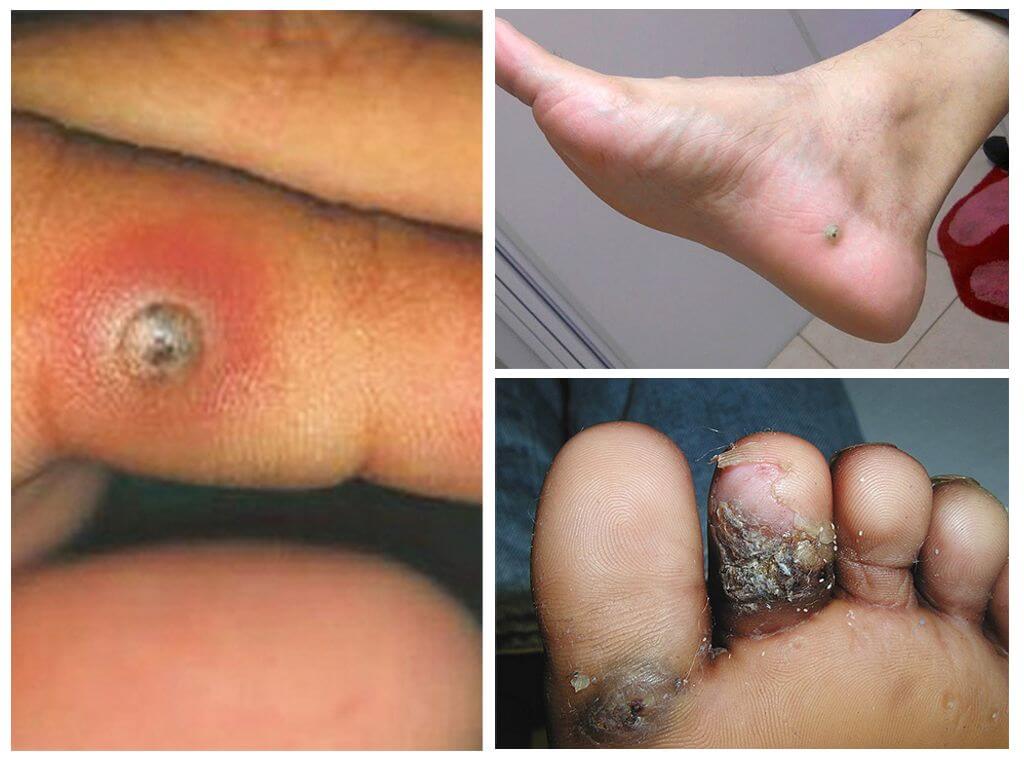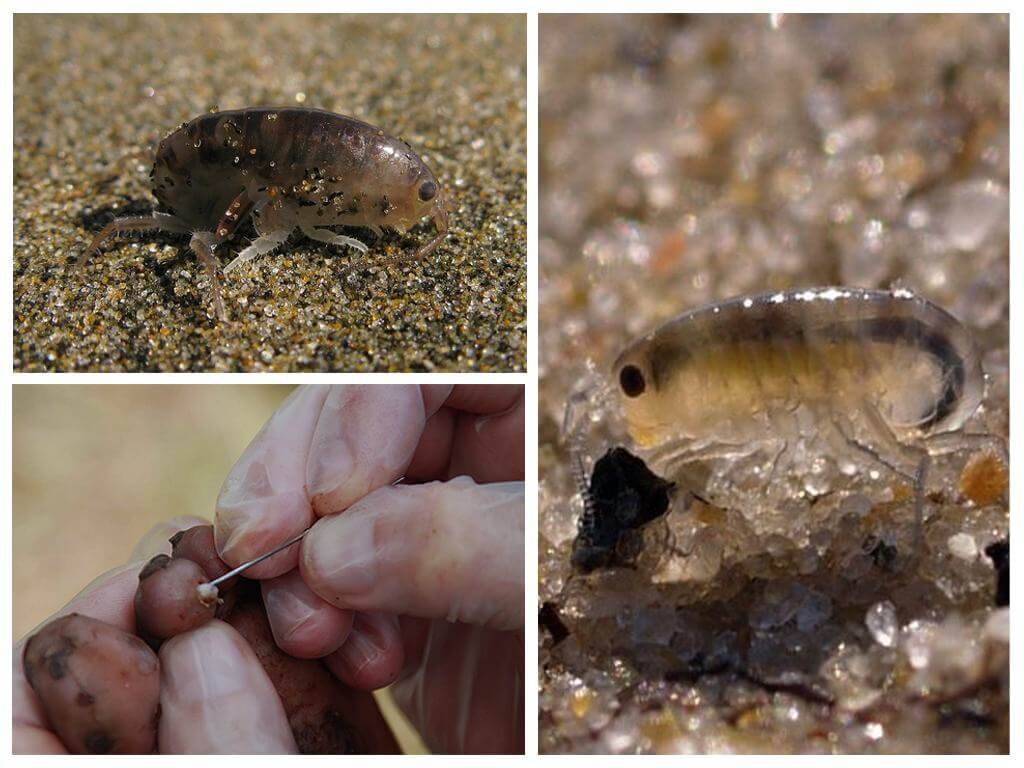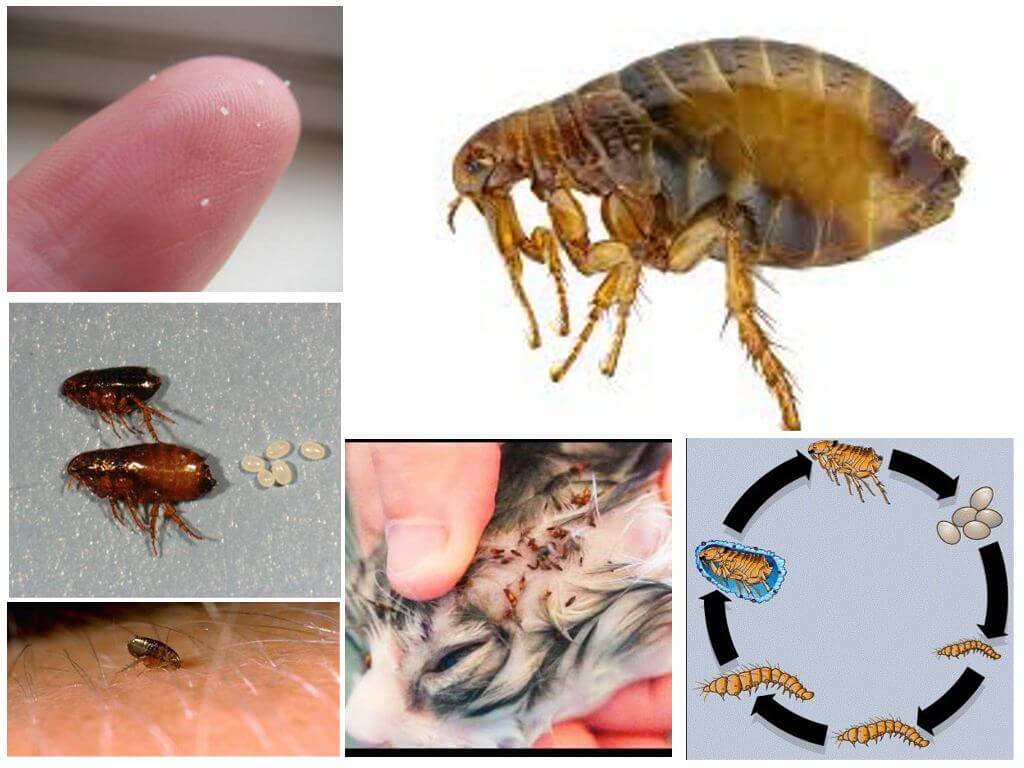Sand fleas in Vietnam
Content
- Sand flea
- Sand flea bites
- Sand flea bites
- Sand flea
- Fleas
In recent years, many are eager to go to rest in the warm southern countries to lie on the sand, swim and see the local sights. But here they can expect an unpleasant surprise, because various insects are found in the sand. Sandy fleas in the photo look harmless, but can give travelers not really "pleasant" feeling and spoil the experience of the rest.
Who are the sand fleas
The sandy flea is a very small insect-parasite, a distant relative of ordinary Russians. cat fleas. Body length no more than 1-2 mm. Insect can not fly, but perfectly jumping: one jump is possible at a distance of up to 35 cm.
The appearance of a flea is a brilliant and solid brown torso; it is impossible to crush with such a finger (see photo).
Habitats
Sandy fleas (see photo) usually live in southern tropical countries. The most common places are:
- Central America Islands (Cuba, Jamaica);
- On the African continent (Trinidad, Dominican, etc.);
- Southeast Asia (Thailand, Vietnam, India).
Sand fleas in Vietnam are most common in rural areas and the homes of the poor in cities. They live in such places everywhere: on the ground and in the grass, on the floor, in animal sheds, among trees and on the beach. Their victims are animals and people, including tourists.
Beach fleas in Vietnam are found mainly on uncivilized beaches, because in private and tourist establishments, the owners, knowing about this problem, get rid of parasites in the sand by sifting it.
Flea bites and their consequences
The bites of sandy flea males (most often on the legs or hands) can cause the only trouble - negative feelings due to constant itching and scratching. To get rid of these symptoms, it is better to use an ointment.
But the meeting with a female vacationer can end up with more unpleasant consequences.
Interesting!
For a female flea any warm-blooded animal, incl. and a man is an opportunity to grow his offspring in very favorable conditions and feed him well.
The fertilized female bites through the skin and attaches to the blood vessel in the upper layer of the human epidermis. Then she begins to feed on blood and raise her children. Sandy fleas hatch eggs under the skin, increasing in size in a few days tenfold.
After the eggs mature, the female lays them, firing from the nest, and then most often dies. When the larvae hatch, they fall to the ground or sand, where they mature for 20 days, gradually turning into an adult sand flea.
Tungiosis
The sandy flea-female is capable of causing a disease called tungiosis, which tourists have recently been exposed to during their visits to tropical countries.
During the stay of the female in the human body in the subcutaneous layer (3-12 days), the tissues located around begin to inflame and suppuration occurs. The man begins to experience severe pain, swelling forms in the center of the female's stay, in the center of which there is a black abscess or a white abscess (as seen in the photo). To get rid of it, you have to contact the experts.
The treatment process and possible complications
How to be treated after a sand flea bite:
- The first step is to consult a doctor for help;
- If only the itch in the bitten places is disturbed, then ointments or creams for itching are commonly used (in Vietnam, Yellow Balm cream is very popular for this purpose);
- If an allergic reaction occurs (fever and severe rash), antihistamine medications are prescribed, and Fenistil-gel removes itching;
- If inflammation is detected at the location of the female flea, then the only method of treatment is to surgically open the abscess, remove the female, disinfect the wound and apply a bandage;
- It is not recommended to self-treat an abscess, remove the female with a needle or knife, because the flea is attached to a blood vessel, and particles of the parasite that can be retrieved can get into the blood;
- The inflammation that occurs when an infection gets into the wound often causes suppuration, which in the future can have sad consequences, so the doctor must prescribe a course of antibiotics.
Complications and consequences that are possible with the wrong treatment of tungiosis:
- Deformation of the fingers (if the abscess is located on the fingers) and even amputation;
- Thrombophlebitis or elephant disease;
- Pneumonia (pneumonia);
- Necrosis of tissues in place bite.
Safety regulations
To reduce the risk of communicating with sandy fleas, you need to follow these rules:
- Before traveling to the southern countries to buy a protective agent against sand fleas - a special repellent that protects against bites.
- Always wear shoes with socks;
- On the beach to move only in flip flops or slippers;
- Do not sit directly on the sand;
- If on the beach there is a suspicion that there are sand fleas, then move to a more sunny place, because parasites love shaded places more, and they are not in the water either;
- Every evening, wash your feet and inspect;
- If you suspect a bite and sand flea infiltration, consult a doctor.
Important!
The main rule for tourists vacationing in warm countries is not to swim and not sunbathe on remote, non-visited people, beaches, not to walk in the thickets of high grass, etc. and then you will find sandy fleas and other harmful insects.
Not only fleas
Tourists who come to Vietnam and Thailand are often confused by the bites of sandy fleas and other insects, especially since it is not always possible to see the culprit. Therefore, information about the existence of other similar insects whose bites are visually indistinguishable from flea “injections” will be useful for them:
- Midges and mosquitoes - very quickly fly and leave similar bites;
- Ants - can bite a person if they accidentally crawl into clothes or they are pressed down;
- Pliers - they stick and drink blood for quite a long time, but if they are not noticed in time, they leave cones at the bite site, which cause painful discomfort;
- Bed bugs - are present only in the cheapest hotels, leaving marks on the body from bites (bumps are usually absent).
Can they live in an apartment
In various regions of Russia is found many types of fleasthat can get into the room, despite the lack of pets. The most common types are:
- Home fleasthat are carried by animals to the apartment, can bite people;
- Basement (bugs up to 0.5 cm in size), penetrating from the basement or the entrance to the living rooms on the lower floors;
- Bedding (white) living right in the beds;
- Sandy fleas in the apartment are very rare and only on the Crimean peninsula, but there they are not as dangerous as their overseas brothers.
Recommendations for tourists going to sunbathe in the southern countries: bring creams and ointments for harmful insects and more. Enjoy your holiday!
Reviews
Fleas bit me on the beach in Vietnam, and on the last day, when I went for a walk in the morning along the coast of the sea (say goodbye). It was still not very hot, there was a fresh breeze, light waves in the sea. She returned - and began to itch, especially badly, she was already at home after her return. Itching so that she didn’t know on which wall to climb, but one wound festered, and the ichor and pus flowed out of it. I had to drink antiallergic pills and smear ointment. The doctor then made an incision and cleaned the wound. In general, all healed almost 3 months. This is called - rested.
Anya, Moscow
We went to Thailand to rest with the whole family with a child.Husband and child - everything is fine, but they bit me, then itched for a long time. I went to the local pharmacy and bought special scare ointments, then they were smeared each time in the morning and after bathing. It seems to help - did not bite. Who rested with us, they said that selectively fleas do not bite everyone, so I was not lucky.
Elena, Belgorod

